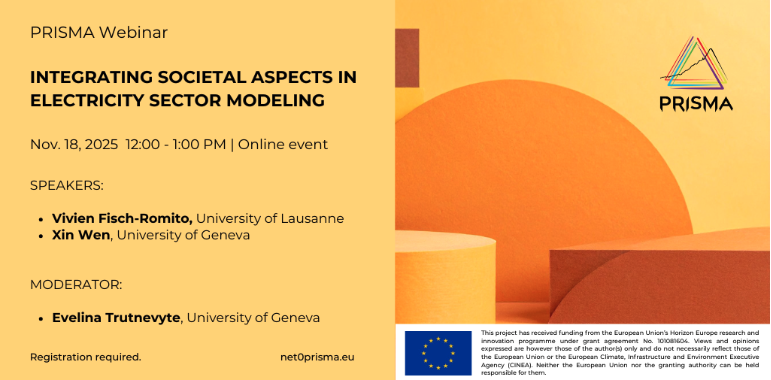
Integrated assessment and energy system models are challenged to account for societal transformation dynamics, but empirical evidence is lacking on which factors to incorporate, how and to what extent this would improve the relevance of modelled pathways. Here, we include six societal factors related to infrastructure dynamics, actors and decision-making, and social and institutional context into an open-source simulation model of the national power system transition. We apply this model in 31 European countries and, using hindcasting (1990–2019), quantify which societal factors improved the modelled pathways. We then demonstrate how this hindcasting could be used to inform forward-looking national electricity system transition modeling (1990–2050) to assess the socio-technical feasibility of achieving emission goals. This work paves the way to a more systematic and objective selection of societal factors to be included in energy transition modeling.
The webinar will conclude with a 15-minute question and answer (Q&A) session.